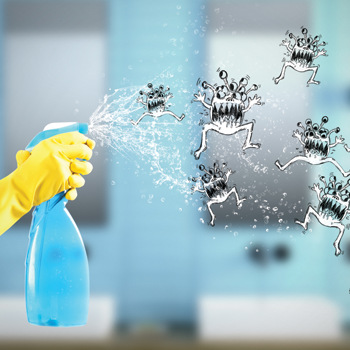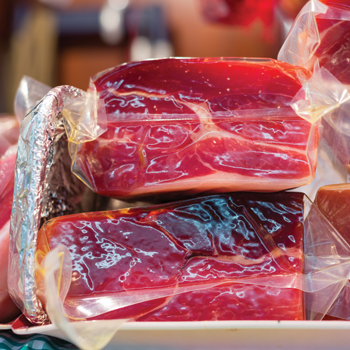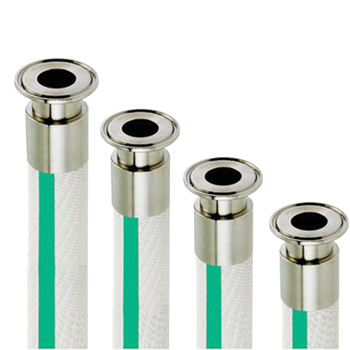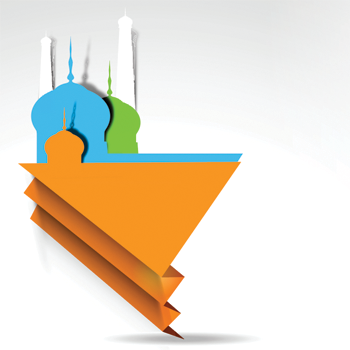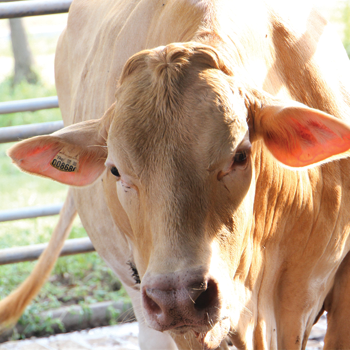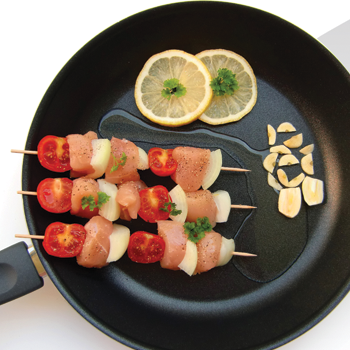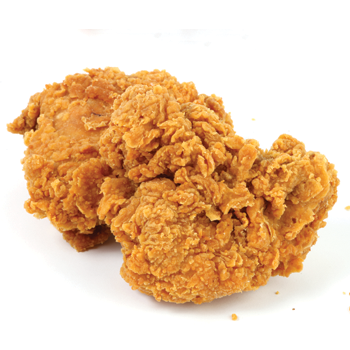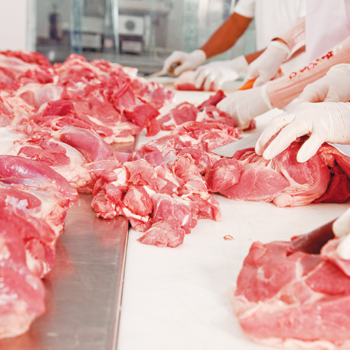สารฆ่าเชื้อกลุ่ม Alcohol Series
โดย: สหัส รัตนะโสภณชัย
Sahas Ratanasoponchai
Assistant Vice President: Hygiene Business
Betagro Group
ในโรงงานอุตสาหกรรมอาหารทั่วไป เรามักใช้แอลกอฮอล์ 70% ในการฉีดพ่นฆ่าเชื้อเครื่องมืออุปกรณ์ต่างๆ หรือแม้กระทั่งพ่นใส่มือ เพื่อให้ไม่มีเชื้อโรคอยู่ แต่ในความเป็นจริงยังพบว่าการฆ่าเชื้อนั้นไม่สมบูรณ์เท่าที่ควร ซึ่งอาจมีหลากหลายสาเหตุที่ทำให้ประสิทธิภาพของแอลกอฮอล์ลดลง ทั้งจากปริมาณเชื้อที่มีอยู่ ความชื้นของอุปกรณ์เอง หรือชนิดของเชื้อนั้นๆ ที่ไม่ตอบสนองต่อแอลกอฮอล์ ถ้าเป็นเช่นนั้นจะมีสารใดอีกบ้างที่จะช่วยแก้ไขปัญหานี้ได้
มีงานวิจัยหลายชิ้นที่ได้ระบุว่า การใช้แอลกอฮอล์ 70% เพียงอย่างเดียวนั้นมีประสิทธิภาพไม่เท่ากับการใช้สารประกอบร่วม ตัวอย่างสารประกอบร่วมในสูตรสารทำความสะอาดที่พบบ่อยและมีงานวิจัยรองรับว่ามีประสิทธิภาพ ได้แก่
1. แอลกอฮอล์ + กรดแลคติก (Alcohol + Lactic acid)
2. แอลกอฮอล์ + กรดอะซิติก (Alcohol + Acetic acid)
3. แอลกอฮอล์ + ไลโซไซม์ (Alcohol + Lysozyme)
4. แอลกอฮอล์ + พอลิไลซีน (Alcohol + Polylysine)
5. แอลกอฮอล์ + ไคโตซาน (Alcohol + Chitosan)
Most of food factories use 70% alcohol to spray on tools and equipment, or even on hands to disinfect microorganisms, but in reality, it is not perfectly sterilized. Ineffectiveness of alcohol can result from numbers of factors either the amount of the decease, the humidity of the device itself or the type of germs not responded to alcohol. If so, what kind of substance can help to resolve this problem?
Many studies have indicated that 70% alcohol alone is not as effective as using in combination with other compounds. For instance, common compounds that have been proven by a research for an effective cleaning are;
• Alcohol + Lactic acid
• Alcohol + Acetic acid
• Alcohol + Lysozyme
• Alcohol + Polylysine
• Alcohol + Chitosan
